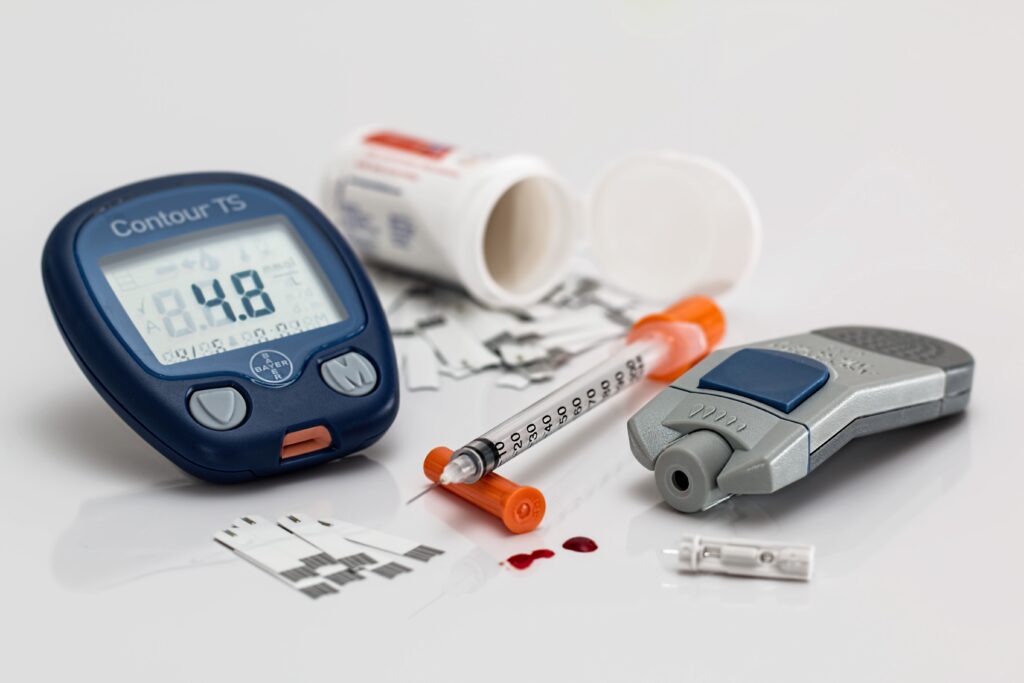Introduction | Recent developments suggest that insulin-sensitizing agents used to treat type II diabetes (T2DM) may also prove useful in reducing the risk of Alzheimer’s disease (AD). The objective of this study is to analyze the association between exenatide use among Medicare beneficiaries with T2DM and the incidence of AD.
Methods | We performed a retrospective cohort analysis on claims data from a 20% random sample of Medicare beneficiaries with T2DM from 2007 to 2013 (n = 342,608). We compared rates of incident AD between 2009 and 2013 according to exenatide use in 2007–2008, measured by the number of 30-day-equivalent fills. We adjusted for demographics, comorbidities, and use of other drugs. Unmeasured confounding was assessed with an instrumental variables approach.
Results | The sample was mostly female (65%), White (76%), and 74 years old on average. Exenatide users were more likely to be male (38% vs. 35%), White (87% vs. 76%), and younger (by 4.2 years) than non-users. Each additional 30-day-equivalent claim was associated with a 2.4% relative reduction in incidence (odds ratio 0.976; 95% confidence interval 0.963–0.989; P < .001). There was no evidence of unmeasured confounding.
Discussion | Exenatide use is associated with a reduced incidence of AD among Medicare beneficiaries aged 65 years or older with T2DM. The association shown in this study warrants consideration by clinicians prescribing insulin sensitizing agents to patients.
This study was published in Alzheimer’s & Dementia.
